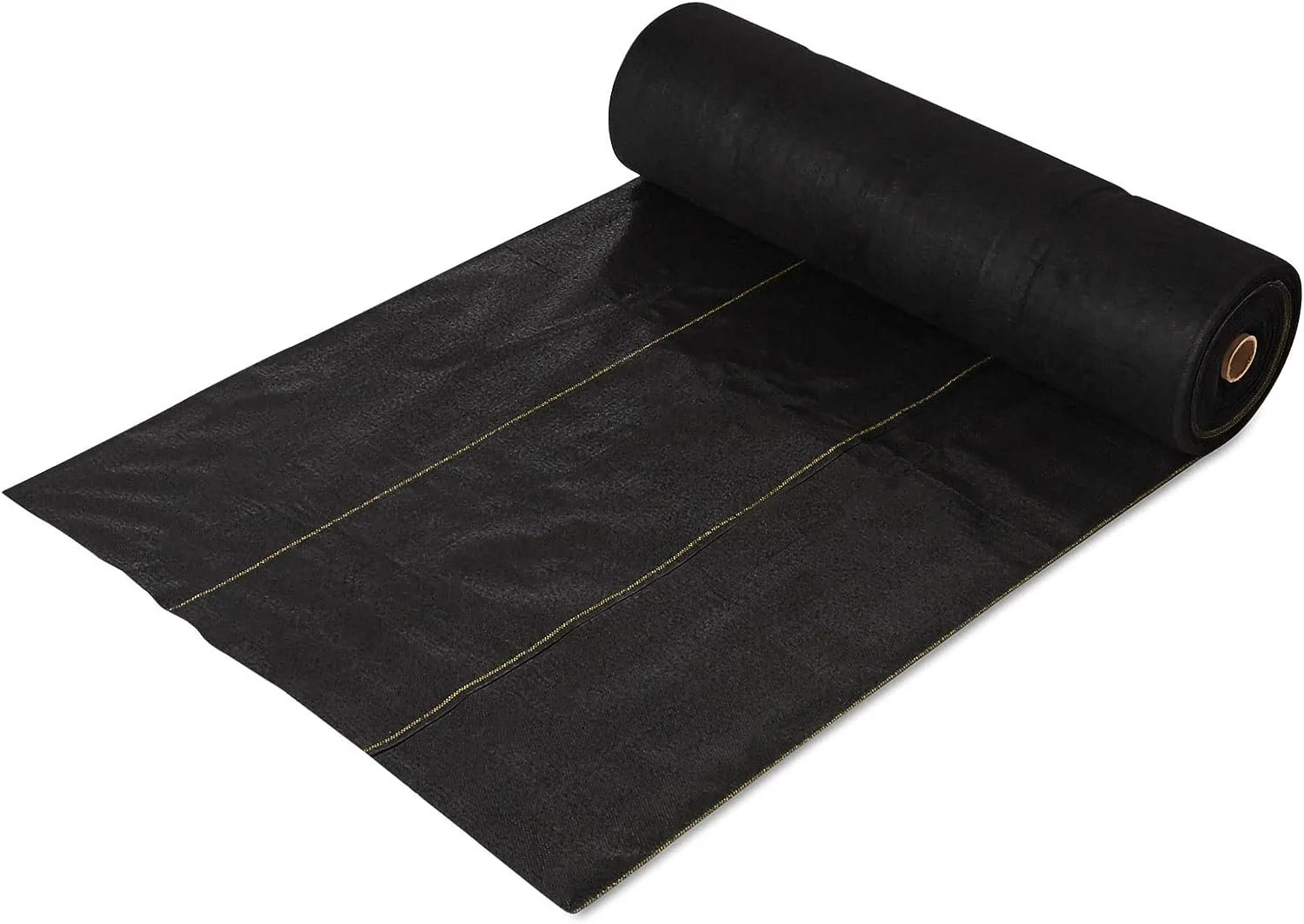Mulches can be an effective way to make soil moisture "last longer" in landscape and garden. They are frequently used in the landscape to conserve water by reducing weed growth, minimizing evaporation, and retaining moisture.
Mulching can reduce rotting by keeping vegetables such as squash and tomatoes out of contact with soil. Organic mulches also lessen soil compaction, slow down erosion and improve soil texture when later tilled into the soil.
To get all these benefits, however, you have to think ahead and consider your own particular situation.
A Few Rules of Thumb Apply
1. The coarser the organic mulch material, the thicker the layer should be -- to a point. Like many fine-textured materials, grass clippings can settle and "knit" together. If applied too thickly, peat (sphagnum) moss also can form a water-blocking mat.
So, when used as a mulch, their top-of-soil cover should be no more than about 1 inch thick. But, big bark pieces only begin to function as an effective mulch when their layers reach 3 inches deep. If applied deeper than 4 or sometimes 5 inches, however, such coarse materials may function too well, blocking soil’s air circulation.
2. With organic mulches, fresh is bad. Dry or composted (i.e., almost decomposed into soil) is good. New vegetable peels, discarded cut flowers, freshly cut grass and other "green" plant materials can create odors as they dry or rot. They also may generate noticeable heat and/or form slime or molds that repel water. Softwood chips and sawdust can "tie up" soil nitrogen, but only when tilled or plowed into the soil. Applying nitrogen when incorporating them can offset this problem.
3. Make sure mulch doesn’t carry "hidden" problems. Dried grass clippings from a lawn treated with a broad-leaf weed herbicide could carry enough residue to kill vegetable- or flower-producing plants. Even after drying out, diseased plants in mulch may be able to transmit their problem, unless completely composted first. Thorns, insects and weed seeds don’t magically change their nature because they’re included in a mulch.
4. Think short-term for annual flower and vegetable garden mulches, long-term for ornamental plants’ mulch.
Choose Your Mulch
Mulches have characteristics homeowners should consider when choosing which to use.
Shredded Newspaper or Dry Leaves
Both tend to be available at no cost and are easy to plow under, but they are dry and will blow away in a good breeze
Grass Clippings
Use grass clippings with caution. If you have applied a broad-leaf weed killer to your lawn, there may be residual herbicide on them.
Peat Moss
Peat moss can be costly. It’s so fine-textured that rain can easily make it mat or wash away down a slope. Even so, peat moss probably is the easiest soil-improving mulch to incorporate. It also looks natural and won’t introduce pests into the garden.
Local Straw, Hay or Compost
These may contain weed seeds, and they may not be very attractive in the home landscape. However, all three materials are easy to incorporate into soil after providing a season’s protection. In fact, the compost will be almost the same as enriched soil by the end of summer, and both straw and hay can provide fairly deep protection without matting.
Wood Chips
Wood chips from the local landfill usually decompose at an uneven rate. And, some mixes won’t look too ornamental until they’ve aged for a while. Mixes can and usually do include chips that could attract wood-eating insects, so they may not be totally safe next to a home. Nonetheless, they often are inexpensive or free, and they look more natural and last longer than thinner, finer mulch materials.
Sawdust and wood chips both are dry and easy to spread. Plus, they usually contain few weed seeds or disease pathogens.
Inorganic Mulches
Among the inorganic mulches, black plastic can perform well in spring, but it will require shade or plant foliage cover in summer to keep it from making the soil too hot for plants. If it’s not perforated, plastic also can keep air, water and nutrients from reaching the soil.
Landscape fabric is a porous material that lets water in, but keeps most weeds from growing up into your bed. No mulch will give you 100 percent weed control, but there are different grades of landscape fabric, some of which will last much longer than others, so be sure to read the label. It may not need an organic mulch on top, but gardeners generally apply one anyway, just to improve its looks.
Inorganic mulches vary in how long they last, depending on the product and its exposure to the elements. Their durability also changes with the number of times gardeners you cut it into the plastic/fabric to add new plants.
Rocks and gravel are good in windy areas. They should be applied 2 inches to 4 inches deep. They tend to absorb and reflect heat, so be careful not to put them around cool-loving plants.
You can apply mulches directly to the soil or over landscape fabric.


